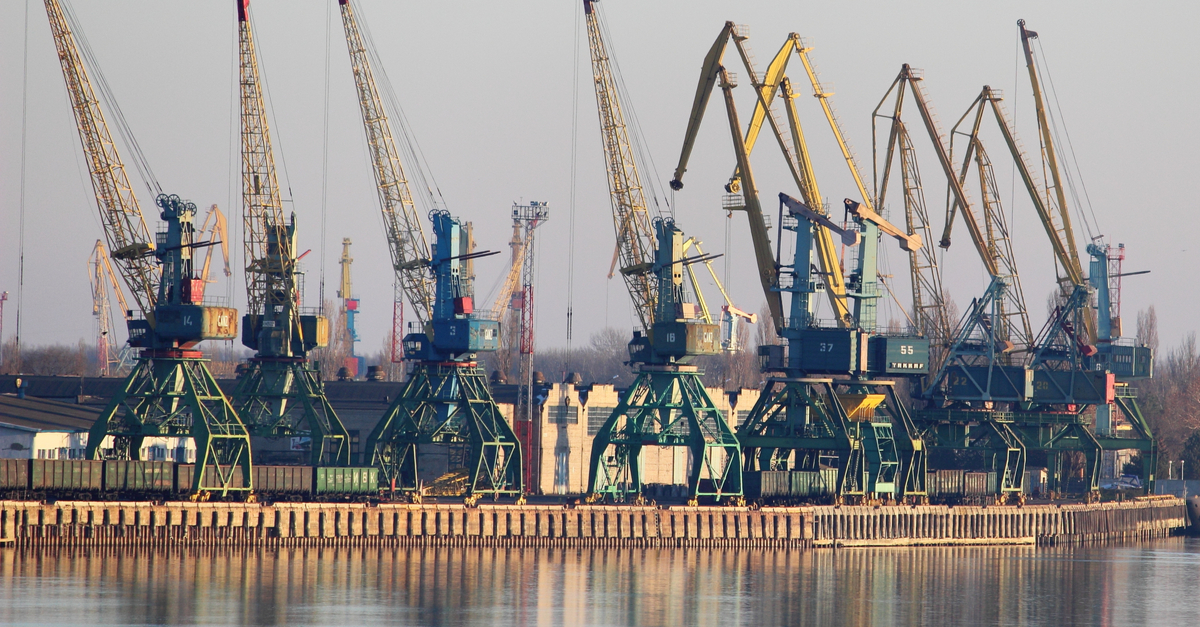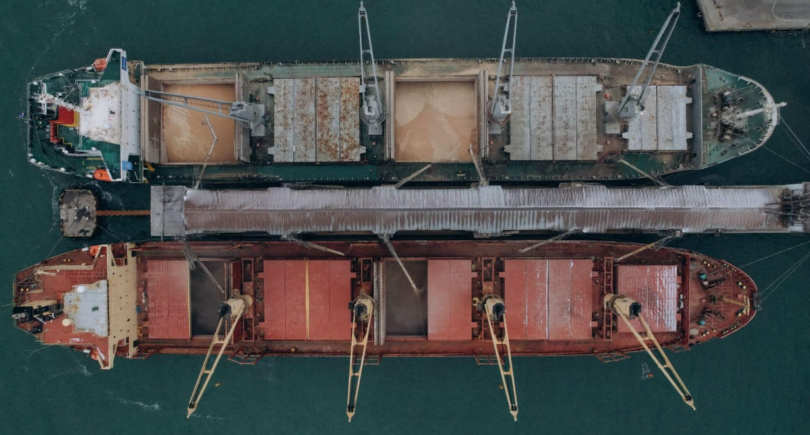
News Infrastructure Danube ports 1398 27 April 2023
Currently, the Danube ports are operating at maximum capacity, but a number of measures are planned to increase transshipment volumes during the year
By the end of 2023, the volume of cargo transshipment through Ukrainian ports on the Danube may increase to at least 20 million tons compared to 16 million tons in the previous year. This is 25% more than in 2022 and three times more than the pre-war level.
Such expectations were made public by the Deputy Prime Minister – Minister of development of communities, territories and infrastructure of Ukraine Oleksandr Kubrakov on his Facebook page.
“Despite the fact that today the ports of Izmail, Reni and Ust-Dunaisk have used almost all available capacity for transshipment of cargo, there is potential for further development. In particular, modernization and renewal of port infrastructure, attraction of investments for the construction of new terminals and dredging. The need for investments is more than $120 million,” he said.
According to him, during the visit to Odesa together with the US Ambassador Bridget Brink, Director of the USAID Mission in Ukraine James Hope, CEO of the Secretariat of the Danube Commission Manfred Seitz and a representative of the Directorate general of mobility and transport of the European Commission Alan Baron, international partners gave a clear signal about their readiness to invest in the ports of the Danube region.
Despite the difficulties, dredging works were carried out in the ports of Izmail and Reni, all passport characteristics of ports and canals were restored. Now passing sediment is 6.5 m. In the sea ports of Izmail and Reni, the necessary infrastructure has been prepared and transshipment of new cargo flows – containers, bulk, grain and other cargoes – has been organized.
Currently, more than 20 new sea terminals have already been put into operation in the Danube ports. Also, new transshipment technologies were developed using floating cranes, mobile transloaders, lighters, storage vessels as floating warehouses, and other means. New temporary warehouses were built, scales, laboratories, etc. were equipped.
Last year, railway connection between the Basarabyaska – Berezino section were restored, which allows cargoes to reach the ports relatively quickly. Work continues on connecting the Giurgiulesti point on the Ukrainian-Moldovan border and the Romanian port of Galati.
“All this made it possible to transfer more than 16 million tons of cargo last year. This is three times more than the pre-war maximum. In the current year, we plan to process at least 20 million tons through the Danube River,” stated Oleksandr Kubrakov.
As GMK Center reported earlier, the Ministry of Infrastructure plans to increase the throughput capacity of Ukrainian ports on the Danube by 1.7 times – up to 25 million tons per year. MIU plans to modernize the ports of Izmail, Reni and Ust-Dunaysk, build new terminals and hubs, and attract private investment for the construction of terminals.
Previously, Ukraine and Romania agreed on coordination efforts to improve and develop export capacities through the Ukrainian and Romanian channels of the Danube River. In addition, cooperation with the EBRD regarding the development of the Danube port cluster is also planned.




